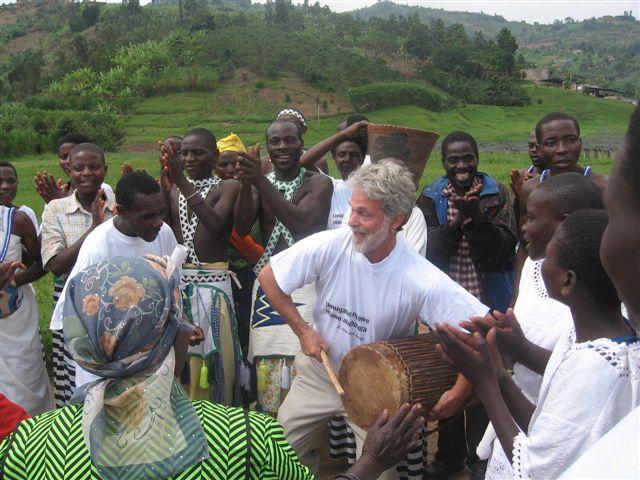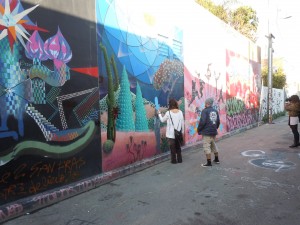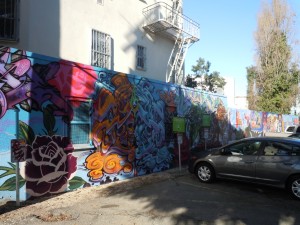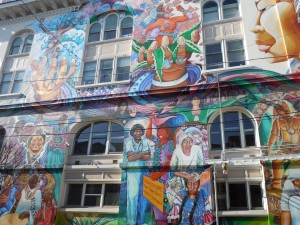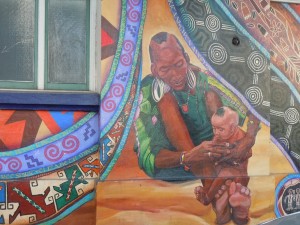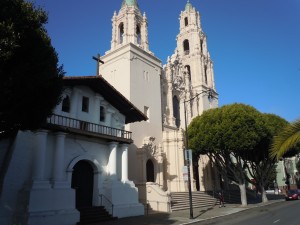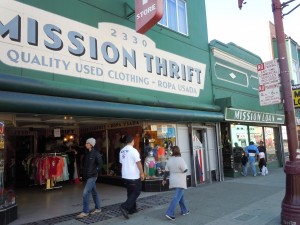10 Marketing Observations in Turkey
Two weeks in Turkey, not speaking the language, with my marketing radar wide open. Here’s some of what I noticed.
- A surprising number of Turkish TV commercials remind me very much of US commercials from the 1960s and 1970s: housewives demonstrating the superiority of some cleaning product, dancing chocolate bars, and so on. At the same time, some are totally state-of-the-art, with special effects and much more modern concepts about marketing. But as in America, often these forget to actually sell the product.
- At least during the slow season of our visit, most shopkeepers and hospitality business owners (and the general public) are very friendly, and eager to meet special requests.
- Personal service in the hospitality industry seems to be a Turkish hallmark. We repeatedly experienced people going the extra mile for us or plying us with gifts. As an example, one hotel proprietor arranged our public bus tickets to the next town, had the tickets delivered to the hotel, booked on us two tours at the next destination we were going to, and even paid the minibus fare from his gleaming hotel to the bus station, some 12 km away. Another one saw that we were making sandwiches and she supplemented our bread and cheese with a huge gift of fruit, olives, and better bread. An enterprising travel agent across from the bus station had his agency open hours before the others, in time to meet the early morning arrivals from the night buses. Offering a warm room on a cold morning and help communicating with hotels, he was doing a healthy business selling tours, balloon tickets, and lodging.And yet, some of the basics are neglected. One hotelkeeper never cleaned our room on a three-day stay (though all our other hotels cleaned regularly and thoroughly). A restaurant owner who served an excellent meal and whose dining room was beautifully decorated had not bothered to fix a long-broken door latch in the bathroom or his leaky toilet mount. Nonsmoking laws are violated constantly (almost every adult male Turk seems to smoke).
- The Turkish business community seems way behind in its use of the Internet. Vast numbers of businesses don’t have a website, and if they have an e-mail address on their business cards—many don’t—it’s Hotmail or maybe Gmail. Of those that do have a website, a surprising percentage have a useless brochureware site that gives nothing you can’t get out of a phone book—sometimes in multiple languages. And yet, the two-room hotel we chose in Goreme had a very professional English-language website, even though its owner speaks no English.
- My willingness to do business with someone is inversely related to how much pressure they exert—and I’m sure I’m not the only one. Despite this, in all the tourist locations, touts are everywhere, some of them quite obnoxious. Those with a different approach really stand out. In one souvenir craft shop whose owner gave us all the time we wanted to browse his offerings, answered our questions but otherwise left us alone, we bought five different items. Often, however, we were prepared to buy, but left without buying as the pressure increased. Yet the behavior continues.
- We saw very few beggars; much fewer than in the US. In Turkey, it seems the economically marginal eke out a living by trying to sell something: a glass of fresh-squeezed juice, a bagel, a bag of roasted chestnuts, a shoeshine, a song—or, of course, earn a commission from one of the rug or craft merchants. Particularly in Old City Istanbul, male strangers will approach you, chat you up, give some bit of genuinely helpful advice, and steer you toward their particular rug shop.
- There is a great deal of competition among nearby businesses, but also a great deal of cooperation. Merchants respect their neighbors and will work together to make a sale for someone. Tea shops in the Grand Bazaar do a thriving business ferrying chai to the rug merchants who offer it to their prospects.
- During the slow season (such as our December visit), many businesses hang on by the slimmest of threads. One restaurant owner told us he’d had one table to serve the previous day and we were, at 1 p.m., the only ones that day. He was quite excited that he already had a reservation for the following day.
- The sampling economy is so taken for granted in Istanbul that locals will simply reach in to a bulk food bin and try something without asking. If they like it, they buy. We didn’t have a chance to observe these kinds of markets outside of the Istanbul region, so I don’t know if that’s true elsewhere.
Crafts will vary enormously in quality and price. If you plan to go beyond Istanbul, get a sense of what the items you like cost. You may find them for half as much in other regions, or you may see them higher and want to pick them up before you fly out. If you want to make sure you’re buying Turkish goods, check labels carefully

